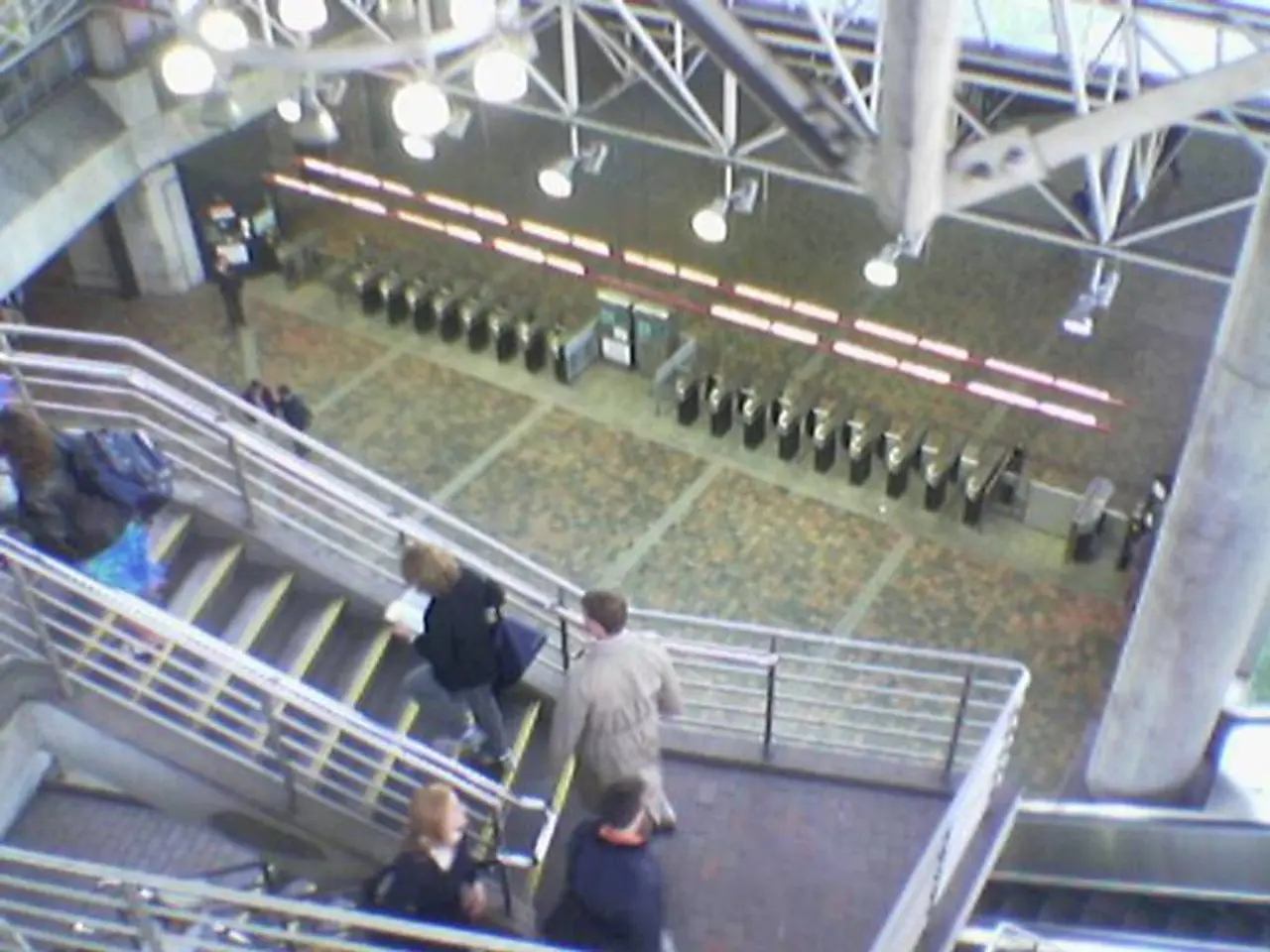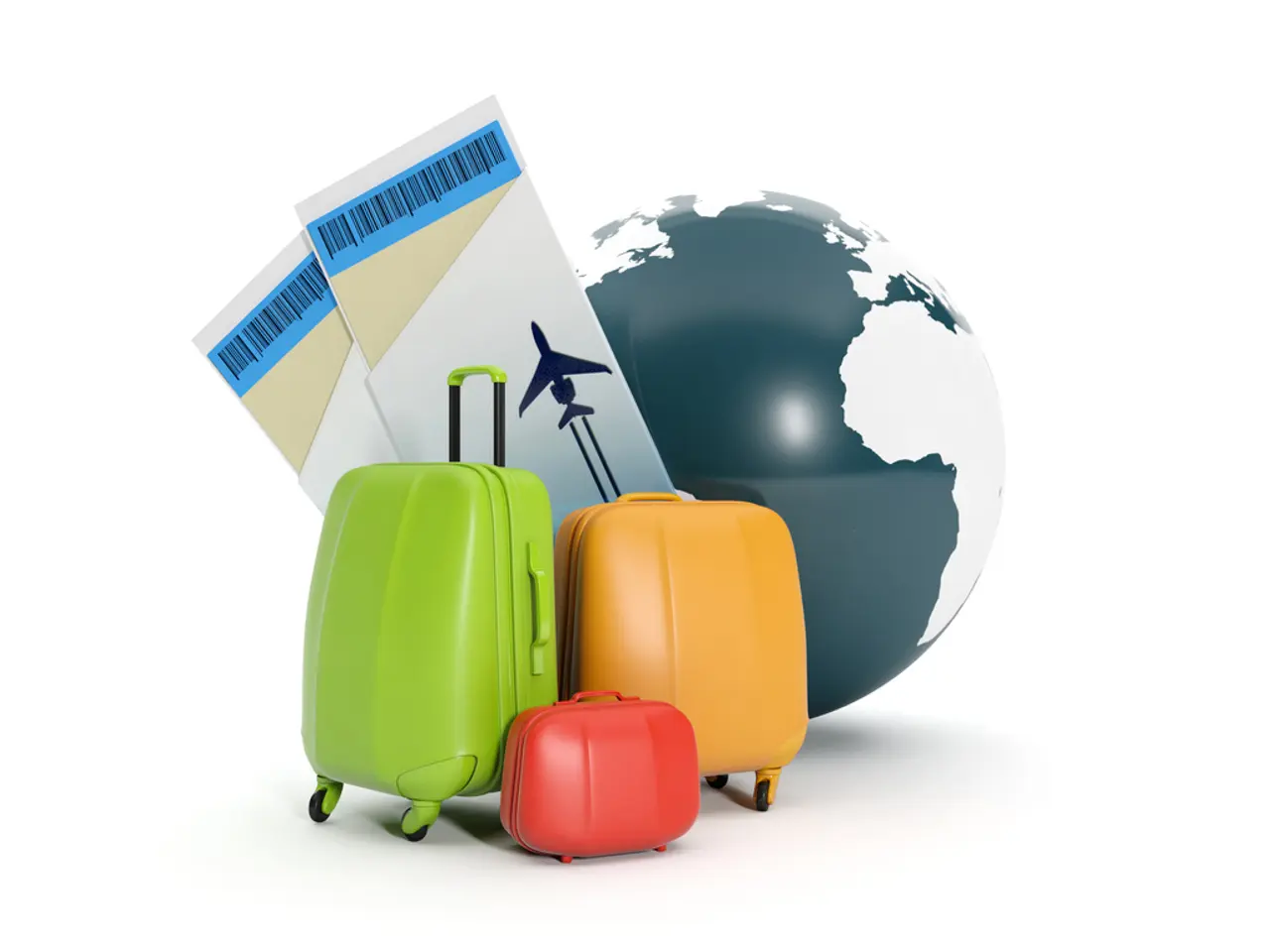Airport Visual Aid Services: Guidelines for Requesting and Utilization
For travelers with visual impairments, airports can sometimes present challenges. However, with the right preparations and knowledge, a smooth and comfortable journey is within reach. Here are some best practices to facilitate a safer and more confident travel experience:
1. **Request Assistance in Advance**: Contact your airline or airport special services at least 48 hours before your travel date to arrange assistance. This typically includes help from check-in, through security, to boarding and arrival. Many airlines offer dedicated special assistance services that can be booked online or by phone with necessary information and documentation.
2. **Use Tactile and Navigational Aids**: Airports increasingly provide tactile indicators on floors and key areas to help visually impaired travelers navigate terminals safely and independently. Relying on these tactile cues in combination with your own mobility aids can enhance orientation inside the airport.
3. **Leverage Accessibility Apps and Technology**: Carry a smartphone equipped with navigation apps that offer audio guidance, such as Google Maps or specialized tools like Lazarillo, BlindSquare, or Seeing AI. These apps assist in indoor navigation, recognizing signs or documents, and real-time object identification. Visual assistance apps like Be My Eyes and Aira connect you with remote sighted helpers when needed.
4. **Communicate Preferences and Needs Clearly**: Upon arrival at the airport and boarding the aircraft, inform staff about your visual impairment, preferred communication methods, and how they can assist you best. This can include guidance for boarding, finding seats, and accessing in-flight services safely.
5. **Travel with Essential Tools**: Carry a cane, mobility aids, or a service dog if applicable. Ensure your travel documents and itineraries are accessible in formats compatible with screen readers or Braille if available.
6. **Ask for Pre-Flight Briefings if Needed**: Some airlines provide personal safety briefings to passengers with sensory impairments, explaining emergency procedures and exits more thoroughly to ensure clear understanding before takeoff.
7. **Provide Feedback to Improve Services**: Share your experiences and suggestions for improvements with airlines or airport accessibility teams to help enhance support for visually impaired travelers in the future.
Upon arrival at the airport, engage airport staff for direction and help navigating the environment. Utilize printed or braille forms of identification or travel documents when checking in. Keep important documents easily accessible for a smoother experience at terminals.
Many airports have sensory maps available upon request, which can help navigate essential services like restrooms, gates, and lounges. Keep emergency contact information on hand for any unexpected situations. Airlines may offer additional perks, such as complimentary premium seating or fast-tracking through various checkpoints for passengers with visual impairments.
Seeking feedback from other travelers who have used these resources can provide real-life insights and tips for a smoother travel experience. Personalized travel kits, including tactile guides or voice-assisted navigation apps, can be beneficial for individuals with visual impairments.
Arrive at least two hours early for domestic flights and three hours for international flights to locate designated check-in areas with staff trained to assist. Contact your airline at least 48 hours in advance to confirm required arrangements for transportation services.
Overall, the combination of early communication, use of assistive technologies, relying on airport tactile indicators, and clear interaction with airport and airline staff are best practices to facilitate a safer and more confident travel experience for passengers with visual impairments. These steps ensure that accessibility services are tailored and effective throughout the journey.
- To maintain optimal health and wellness during travel, consider incorporating fitness and exercise routines into your day-to-day activities. Regular exercise helps reduce stress, improves mental health, and strengthens the immune system.
- For those passionate about sports, keeping up with the latest developments in sports betting can be an exciting part of the travel experience. Numerous online platforms offer real-time sports updates and betting opportunities, allowing you to engage with your favorite teams even while on the move.
- When it comes to making smart choices for your overall lifestyle, focusing on quality nutrition plays an essential role. Incorporating a balanced diet rich in fruits, vegetables, lean proteins, and whole grains will support your physical and mental health, boosting energy levels and aiding in maintaining a healthy weight.
- During leisure travel, exposure to new cultures and environments can broaden your perspective on different lifestyles and health practices. Engaging in local activities or sampling traditional cuisine abroad can be both enjoyable and educational, providing insights into overall health and wellness practices around the world.




